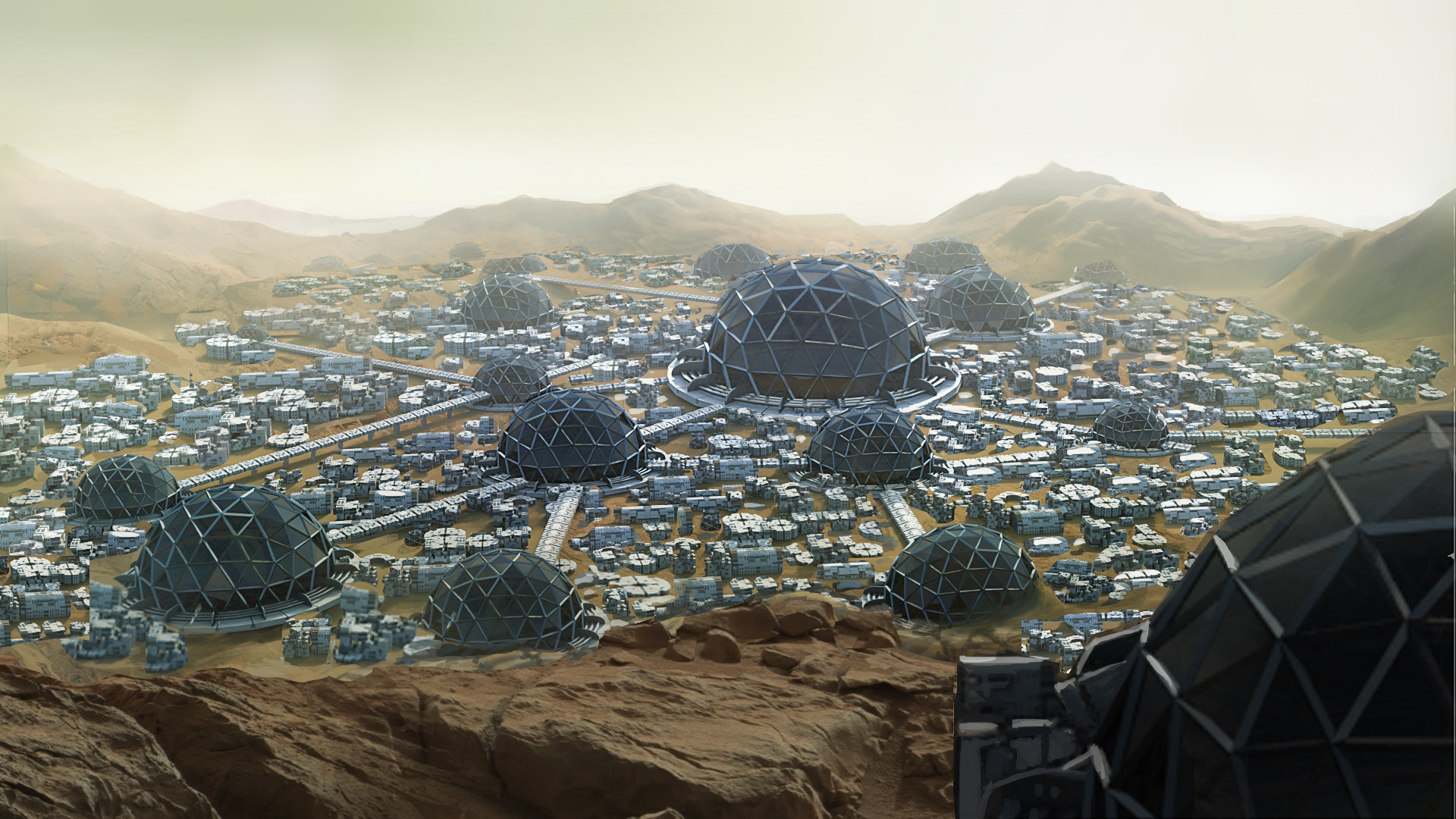
Dec 22, 2014: The cloudy skies of Venus are relatively pleasant – especially when compared to that planet’s surface, perhaps one of the most inhospitable places you could imagine. Temperatures are hot enough to melt lead, there are more active volcanoes than on any other planet in our solar system, and atmospheric pressures are 90 times denser than Earth’s at sea level.
Keeping in mind, dangerous human mistakes that can invite Earth’s endgame anytime – scientists, astronauts and cosmonauts had long started working on plans to send solar-powered airships to explore Venus and to eventually establish permanent human colonies in some floating cloud cities anywhere else in universe but Earth, unfortunately just for the same 1% daemons. For example, NASA’s High Altitude Venus Operational Concept (HAVOC) mission aims to explore the atmosphere of Venus instead of exploring the surface. The researchers believe the upper atmosphere of Venus is probably the most Earth-like environment that’s out there. At 50 km above its surface, Venus offers one atmosphere of pressure and only slightly lower gravity than Earth. Astronauts would also be protected from radiation in Venus atmosphere, as per researchers.
The most exciting prospect of HAVOC right now is that the technology and materials NASA would need to implement the mission are already available, or nearly so. Venus gets 40% more solar power than the Earth, and 240% more than that seen on Mars. Since the orbits of Venus and Earth align over time, a crewed mission to Venus would take a total of 440 days using existing or very near-term propulsion technology. But getting to Mars and back using the same propulsive technology would involve more than 500 days in space at a minimum. HAVOC involves a series of missions, including a robotic mission first and then a crewed mission to Venus orbit with a stay of 30 days, and then a mission that includes a 30-day atmospheric stay.
Later missions would have a crew of two spend a year in the atmosphere, and eventually there would be a permanent human presence there in a floating cloud city. A helium-filled, solar-powered airship would explore the planet’s atmosphere. The robotic version would be 31 metres long while the crewed version would be nearly 130 metres long. The crewed version would come with a small habitat and the ascent vehicle, a winged two-stage rocket slung below the airship, that the astronauts would use to return to Venus’s orbit and home, if there is some.
Unlike other animals, human life is NOT a binary game: positive or negative, love or hate, good or bad, delusion or fact, right or left, bhakt or atheist, nationalist or traitor, etc.. we are astronomically advanced species, and our blessed brains are capable of analyzing and expressing thousands of meta binaries for every space, event or time!
One thought on “For the 1%: human colonies in floating cloud cities, anywhere else in universe but Earth!”
Leave a Reply
You must be logged in to post a comment.

Congrats to vanishing open knowledge culture, tech sharing worldwide and a few selfless scientists of ISRO for landing an object on dark side despite hyper profiteers, may this enlighten the rest of greedy gang to work for humanity in reality! Keep the political leaders and its propaganda outlets muted.. be it of any color whatsoever! ChandrayaanX